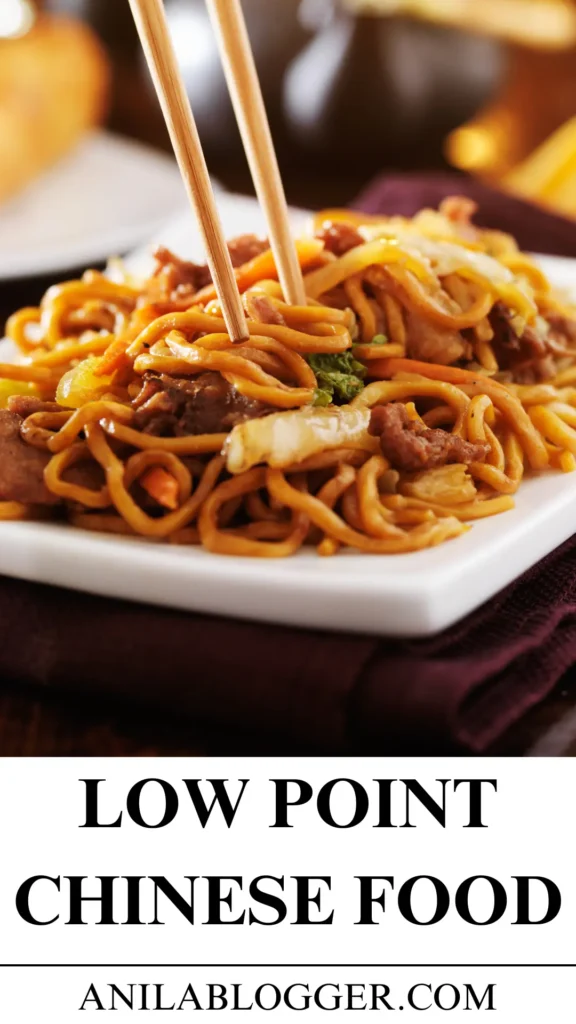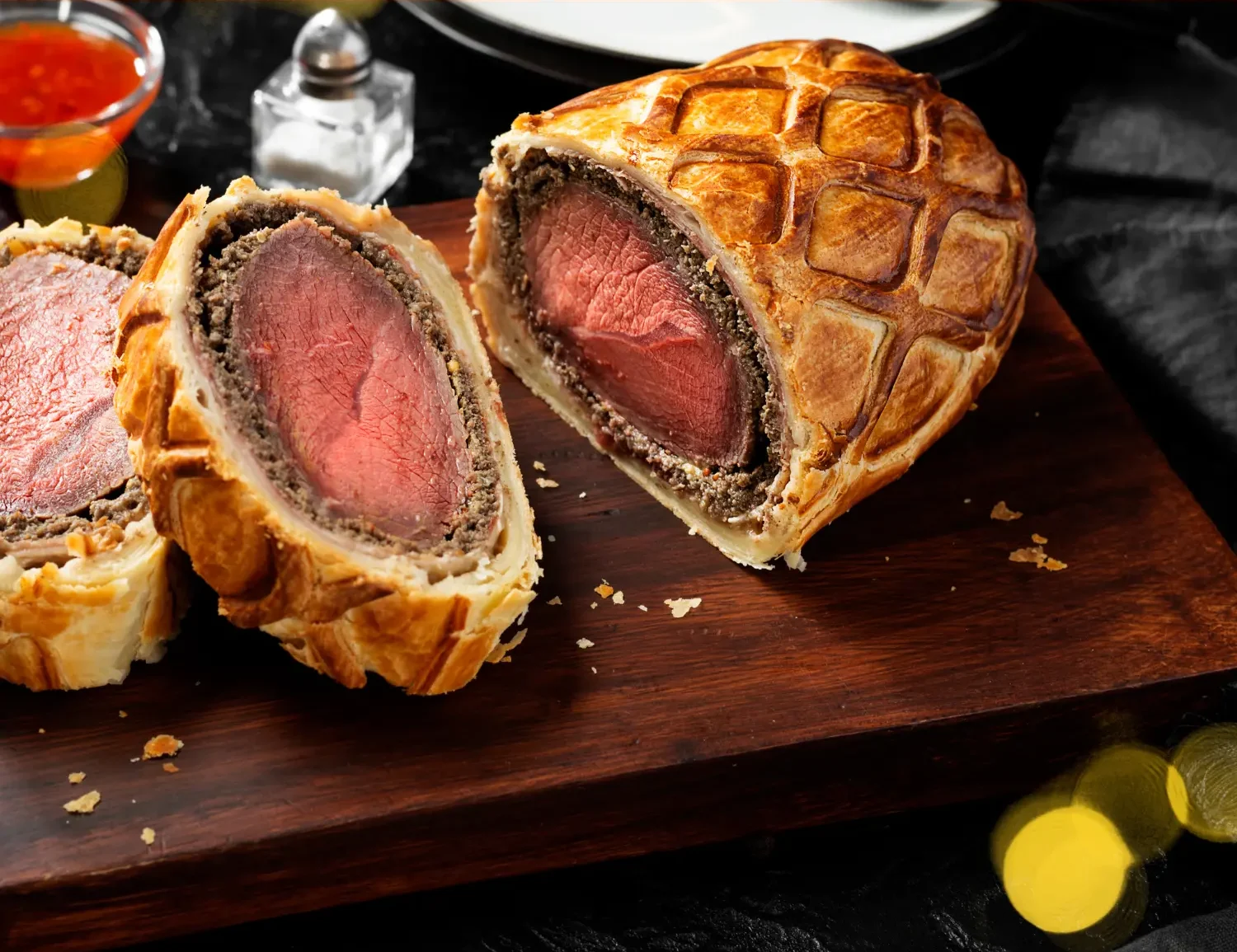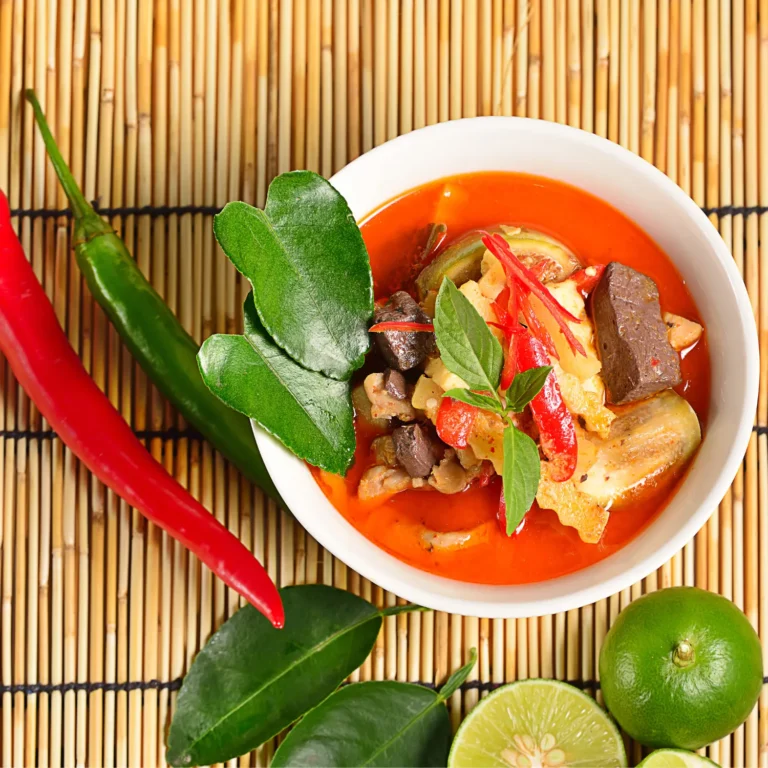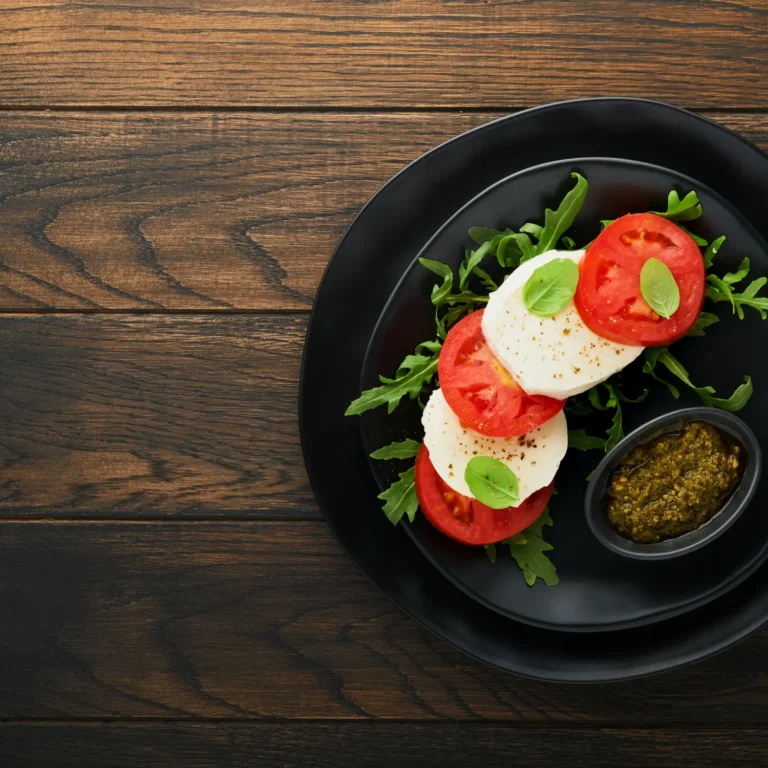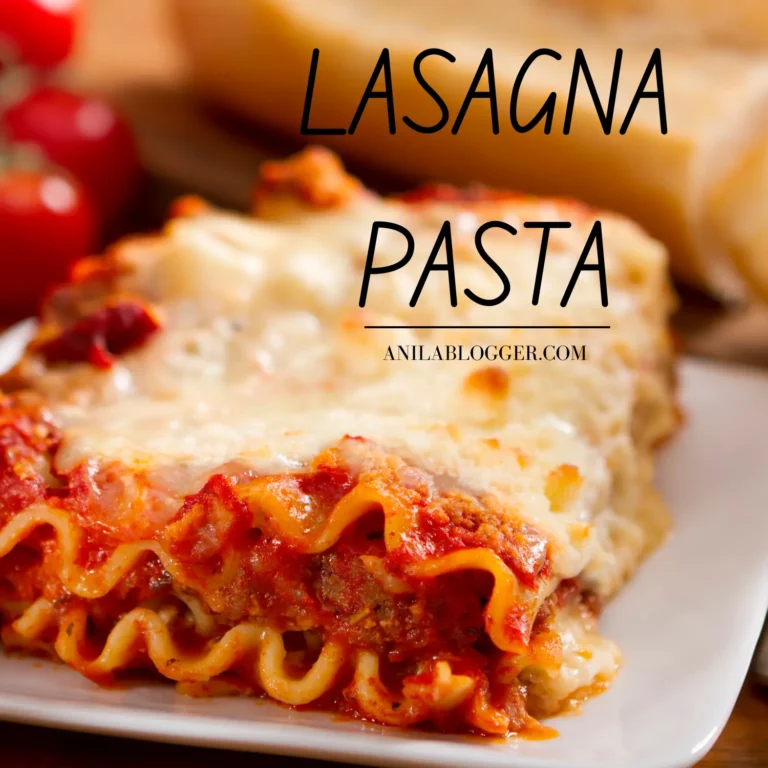Low Point Chinese Food: Delicious Choices for a Healthier Diet
Chinese cuisine is beloved worldwide for its diverse flavors, rich aromas, and a wide variety of dishes. However, many traditional Chinese recipes can be high in calories, fats, and sodium, which might not fit into a healthy eating plan or specific dietary needs. If you’re following a weight loss program or trying to make healthier food choices, you might wonder if it’s possible to enjoy Chinese food without derailing your progress. The good news is, you absolutely can! This article will guide you through some low point Chinese food options, perfect for those who want to savor the flavors of China without overindulging.
Table of Contents
What Are Low Point Chinese Foods?
Before diving into the list, it’s important to understand what we mean by “low point” foods. The term “low point” often comes from diet programs like Weight Watchers, where foods are assigned points based on their nutritional content. Low point foods generally have fewer calories, less fat, and more nutrients, making them suitable for a balanced diet.
Why Choose Low Point Chinese Food?
Chinese cuisine often involves deep frying, sugary sauces, and high-calorie ingredients, which can quickly add up. By opting for low point versions of your favorite dishes, you can enjoy the flavors without compromising on health. These choices not only help in managing weight but also in maintaining overall wellness by reducing the intake of unhealthy fats and excessive sodium.
How to Identify Low Point Chinese Food?
Identifying low point Chinese foods involves looking at the preparation method and the ingredients used. Here are some tips:
- Opt for Steamed Over Fried: Steamed dishes typically have fewer calories and fats than fried ones.
- Choose Lean Proteins: Go for dishes with chicken, shrimp, or tofu instead of beef or pork.
- Limit Sauces: Sauces can be high in sugar and sodium. Ask for sauces on the side and use them sparingly.
- Focus on Vegetables: Vegetables are low in calories and high in fiber, making them a great addition to any meal.
- Watch the Portions: Chinese meals are often served in large portions. Share dishes or save half for later.
Top Low Point Chinese Food Options
1. Steamed Dumplings
Steamed dumplings are a lighter alternative to fried versions. They’re usually filled with lean meats like chicken or shrimp and a variety of vegetables. Opting for steamed instead of fried dumplings can save you significant calories and fats, making them a great appetizer choice.
2. Hot and Sour Soup
Hot and sour soup is a flavorful, broth-based soup that’s generally low in calories. It’s made with ingredients like mushrooms, tofu, and bamboo shoots, seasoned with vinegar and white pepper, providing a tangy and spicy flavor profile. This soup is filling and can serve as a great starter without adding too many points.
3. Steamed Vegetables with Garlic Sauce
Steamed vegetables, such as broccoli, carrots, and snow peas, are a nutritious choice. When topped with a light garlic sauce, they provide plenty of flavor without excessive calories. Garlic sauce can sometimes be high in sodium, so ask for it on the side or request a lighter version.
4. Moo Goo Gai Pan
Moo Goo Gai Pan is a stir-fry dish made with chicken, mushrooms, and other vegetables in a light, savory sauce. It’s typically lower in fat and calories compared to other Chinese stir-fries because it doesn’t use heavy sauces or frying methods. This dish is perfect for those looking to enjoy a balanced meal with protein and vegetables.
5. Buddha’s Delight
A vegetarian favorite, Buddha’s Delight is a medley of vegetables like bok choy, mushrooms, bamboo shoots, and tofu, all stir-fried in a light sauce. This dish is not only low in calories but also packed with nutrients, making it a wholesome choice for anyone watching their diet.
6. Shrimp with Snow Peas
Shrimp is a lean protein that’s low in fat and calories. Combined with snow peas and other vegetables, this dish is stir-fried with minimal oil and light seasoning. Shrimp with snow peas offers a satisfying, low-point meal that’s rich in protein and fiber.
7. Egg Drop Soup
Egg drop soup is another excellent low point option. Made with eggs, broth, and sometimes a few vegetables, it’s light yet filling. This soup is a comforting dish that won’t add many points to your daily total, making it perfect for a starter or a light meal.
8. Chicken and Broccoli
Chicken and broccoli is a classic dish that’s often steamed or lightly stir-fried. The combination of lean chicken breast and fiber-rich broccoli, tossed in a light soy-based sauce, makes this dish both delicious and healthy. It’s a great option for a low-calorie meal that still feels satisfying.
9. Tofu Stir-Fry
Tofu is a low-fat, high-protein option that can easily be incorporated into a Chinese meal. Tofu stir-fry with a variety of vegetables in a light sauce offers a nutritious and low-point meal. Tofu absorbs the flavors of the sauce and seasonings, making it a versatile ingredient in many dishes.
10. Steamed Fish with Ginger and Scallions
Steamed fish is a traditional Chinese dish that’s healthy and flavorful. Fish like cod or tilapia is steamed with ginger and scallions, creating a dish that’s low in calories but rich in taste. The steaming method preserves the nutrients and keeps the dish light.
Tips for Ordering Low Point Chinese Food at a Restaurant
- Ask for Steamed or Grilled Options: Many Chinese dishes can be steamed or grilled instead of fried. This simple change can reduce calorie and fat content significantly.
- Request Sauces on the Side: By controlling the amount of sauce, you can limit sugar, sodium, and calorie intake.
- Use Chopsticks: Using chopsticks can slow down your eating pace, helping you eat less and feel satisfied sooner.
- Skip the Rice or Choose Brown Rice: White rice is often served in large portions. Opt for brown rice or limit your intake to keep your meal balanced.
- Share Dishes: Chinese meals are typically served family-style. Share dishes with others to avoid overeating.
Making Low Point Chinese Food at Home
Cooking Chinese food at home gives you complete control over ingredients and preparation methods, making it easier to create low point meals. Here are a few tips:
- Use Non-Stick Pans: This reduces the need for excessive oil.
- Substitute Ingredients: Use low-sodium soy sauce, lean meats, and plenty of vegetables.
- Experiment with Spices: Spices like ginger, garlic, and chili can add flavor without extra calories.
Conclusion:
Chinese food doesn’t have to be off-limits if you’re watching your diet. By making mindful choices, opting for steamed dishes, and focusing on lean proteins and vegetables, you can enjoy delicious and satisfying Chinese meals that align with your dietary goals. Whether you’re dining out or cooking at home, there are plenty of low point Chinese food options that let you indulge in the rich flavors of this cuisine without the guilt. So go ahead, grab your chopsticks, and savor every bite of these healthier Chinese dishes!
FAQs
What is the healthiest Chinese food to order?
Dishes like steamed vegetables, tofu stir-fry, and chicken with broccoli are some of the healthiest options, as they are low in calories and fats.
How can I make Chinese food healthier at home?
Use non-stick pans, minimize oil, opt for lean proteins, and use low-sodium sauces. Incorporate plenty of vegetables and use spices for flavor.
Is it possible to eat low point Chinese food at a buffet?
Yes, look for options like steamed dishes, soups, and salads. Avoid fried and heavily sauced items, and watch portion sizes.
Nutritional facts!
| Dish | Serving Size | Calories | Total Fat (g) | Saturated Fat (g) | Carbohydrates (g) | Sugars (g) | Protein (g) | Fiber (g) | Sodium (mg) |
| Steamed Dumplings | 3 pieces (100g) | 150 | 3 | 1 | 24 | 3 | 8 | 2 | 320 |
| Hot and Sour Soup | 1 cup (240ml) | 80 | 2 | 0.5 | 12 | 2 | 5 | 1 | 680 |
| Steamed Vegetables with Garlic Sauce | 1 cup (150g) | 100 | 5 | 1 | 15 | 4 | 3 | 5 | 250 |
| Moo Goo Gai Pan | 1 cup (200g) | 250 | 7 | 2 | 15 | 8 | 20 | 4 | 600 |
| Buddha’s Delight | 1 cup (200g) | 180 | 5 | 1 | 25 | 7 | 10 | 6 | 450 |
| Shrimp with Snow Peas | 1 cup (200g) | 220 | 8 | 1 | 12 | 6 | 20 | 3 | 600 |
| Egg Drop Soup | 1 cup (240ml) | 70 | 2 | 1 | 8 | 1 | 4 | 1 | 600 |
| Chicken and Broccoli | 1 cup (200g) | 220 | 8 | 2 | 14 | 5 | 25 | 4 | 550 |
| Tofu Stir-Fry | 1 cup (200g) | 190 | 8 | 1.5 | 16 | 5 | 14 | 5 | 500 |
| Steamed Fish with Ginger and Scallions | 1 fillet (150g) | 180 | 6 | 1 | 2 | 1 | 28 | 0 | 300 |
Notes:
- Calories: Represents the total energy provided by the food.
- Total Fat: Includes all types of fat present in the dish.
- Saturated Fat: A type of fat that should be limited for heart health.
- Carbohydrates: Total carbs in the dish, which include both simple and complex carbs.
- Sugars: The amount of sugar present in the dish.
- Protein: Important for muscle repair and growth.
- Fiber: Helps with digestion and maintaining healthy cholesterol levels.
- Sodium: Indicates the salt content, which is important to monitor for blood pressure management.
Disclaimer:
These nutritional values are approximate and can vary based on specific recipes and ingredient brands used. For the most accurate information, consider using a nutritional calculator or consulting with a dietitian.
Save this pin!
